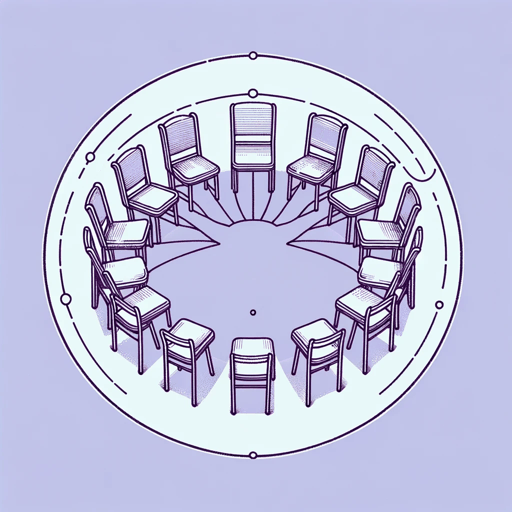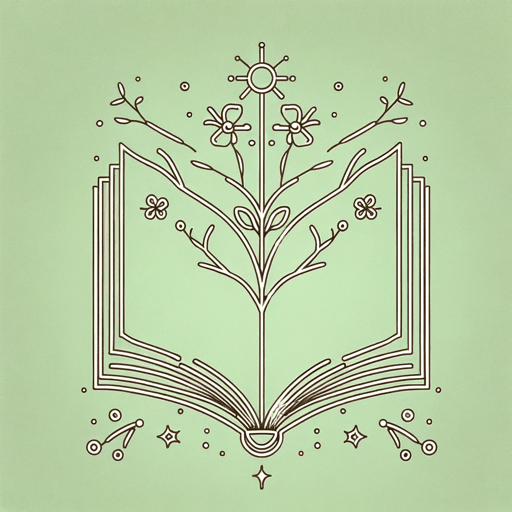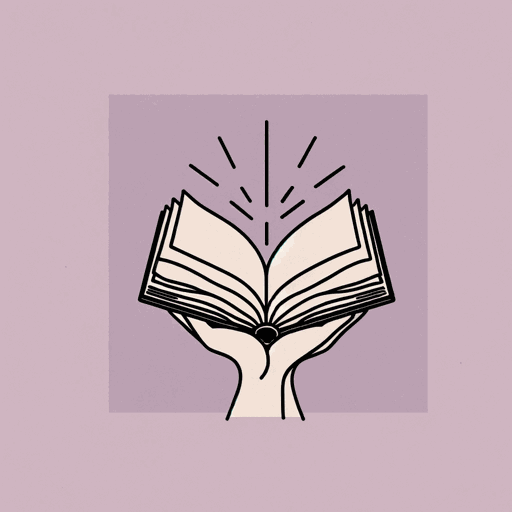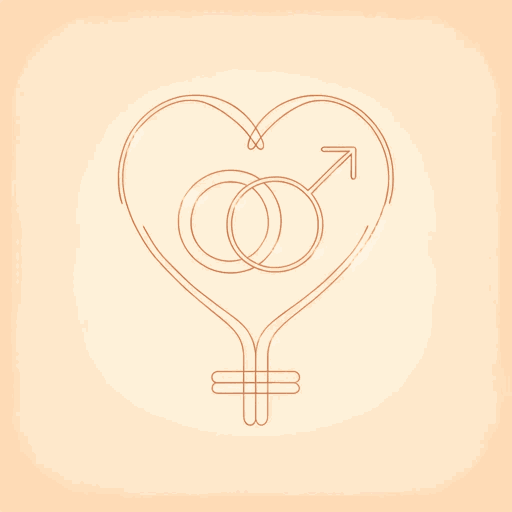47 pages • 1 hour read
bell hooksTeaching Critical Thinking: Practical Wisdom
Nonfiction | Collection of Letters | Adult | Published in 2007A modern alternative to SparkNotes and CliffsNotes, SuperSummary offers high-quality Study Guides with detailed chapter summaries and analysis of major themes, characters, and more.
Summary and Study Guide
Overview
Teaching Critical Thinking: Practical Wisdom by bell hooks is an exploration of education and best practices for promoting engagement and critical thinking. In each chapter, hooks responds to essential questions about educational practices and how other concepts intersect with teaching, including spirituality, feminism, touch, and sexuality. She examines the way dominator culture influences how and what educators teach, and she carefully dismantles these practices to expose their problems and to replace them with more meaningful and engaging strategies. hooks views critical thinking as a form of radical openness that can be encouraged through a shared community of learning in the classroom. By inviting teachers and students to share in a process of discussion, mutuality, and love, the classroom community becomes a space of wonder, discovery, and self-actualization. hooks was a prominent culture critic and educator whose work focused on the intersectionality of sexuality, gender, race, class, and culture.
This guide uses the 2010 paperback edition by Routledge.
Summary
Teaching Critical Thinking: Practical Wisdom is a collection of short essays on various topics relating to education. hooks, a renowned cultural critic and educator, uses the work to explore how teachers and students engage in the process of learning. She presents engaged pedagogy as a form of teaching that requires students and educators to participate in a shared community and to acknowledge the innate power disparity of modern education. hooks believes that teachers and students can build a future together through mutuality, active listening, and love. The work centers on engaged pedagogy, a methodology that invites students to bring their personal stories and backgrounds to the material. hooks centers her work on three major themes: Learning as Liberation, Engaged Pedagogy and a Community of Learning, and Critical Thinking as Radical Openness. Each essay, or chapter, is referred to as a “teaching.”
In Introduction-Teaching 6, hooks defines critical thinking and describes how students are taught to fear it. Young children soon learn to abandon their penchant for innovative thinking and imagination to embrace conformity. As a child, hooks was influenced by teachers who instilled in her the value of a democratic education and the importance of thinking. They saw education as a pathway to freedom. When she entered university, she encountered educators who saw her as less than human and who undermined her intelligence and contributions. hooks advocates for engaged pedagogy and promotes the power of educators to build shared communities of learning. She believes engaged pedagogy will help to dismantle the colonization of education and the colonization of the mind. In doing so, educators can restore integrity to the profession.
Teachings 7-12 expand upon the idea that teachers have a responsibility to develop a shared commitment to learning in the classroom. Teachers must hold themselves accountable by defining their purpose as educators and seeking out others with whom they can collaborate and grow. In the classroom, students learn best from discussion and sharing their stories with one another. hooks invites her students to bring their imagination and personal backgrounds to the material, and she encourages them to participate in a reciprocal relationship of learning.
In Teachings 13-18, hooks examines the history of the feminist and civil rights movements in education. The feminist movement changed the dynamic of the classroom and shifted curricular focus from patriarchal expressions of power and intellectual superiority. As a Black educator, hooks highlights the unique challenges that Black teachers, particularly Black female teachers, face while navigating educational systems upheld by dominator culture. She reveals ways teachers can fight back against these systems and how to handle the conflict that arises as a result. She also exposes the innate power hierarchy of the classroom and how teachers can use mutuality and love while maintaining boundaries and integrity.
Teachings 20-26 seek to restore practices and ideas that have been stripped from education. hooks asserts that reverence must be returned to the teaching profession and the intellectual life, and that teachers can assist in this process by developing mutuality in the classroom and embracing their own commitment to thinking and learning. The joy of reading, self-esteem, and spirituality are important considerations for teachers who hope to foster the development of students’ inner lives.
In Teachings 27-32, hooks asserts that love plays a significant role in the classroom. She dismisses educators’ fears about incorporating love into their teaching and challenges feminist thinkers to emphasize love as a part of their practice. In doing so, hooks suggests that writers and thinkers can transcend the criticism and disparity they face. hooks views teaching as a vocation that emphasizes a positive and liberating future. She encourages educators to teach to this future, and she suggests that critical thinking is the roadmap for students to achieve freedom. When students engage in critical thinking, they experience radical openness that has the power to transform their lives.








Related Titles
By bell hooks
Featured Collections
Books that Feature the Theme of...
View Collection
Colonialism & Postcolonialism
View Collection
Community
View Collection
Education
View Collection
Equality
View Collection
Essays & Speeches
View Collection
Politics & Government
View Collection
SuperSummary Staff Picks
View Collection








